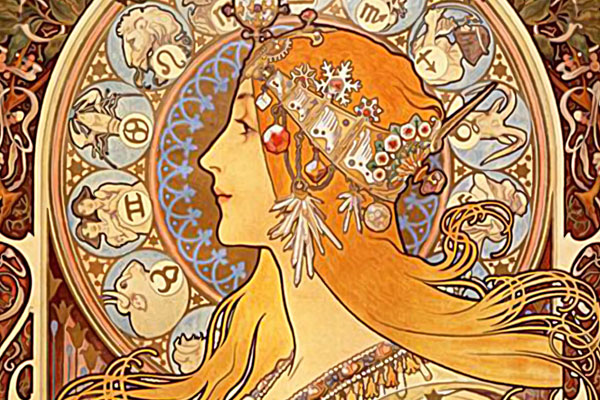Stamp: MILJENKO STANČIĆ (Croatia 1993)
MILJENKO STANČIĆ (Croatia 1993)
05 June (Croatia ) within release Europa - Croatian modern art goes into circulation Stamp MILJENKO STANČIĆ face value 1000 Croatian dinar
| Stamp MILJENKO STANČIĆ in catalogues | |
|---|---|
| Michel: | Mi:HR 241 |
| Croatian post Inc.: | Cro:HR 65 |
Stamp is horizontal format.
Picture ""Čekaonica"" by Miljenko Stančić made in 1964.Also in the issue Europa - Croatian modern art:
- Stamp - IVO DULČIĆ face value 700;
- Stamp - MILJENKO STANČIĆ face value 1000;
- Stamp - LJUBO IVANCIC face value 1100;
- Mini Sheet - Europa - Modern Croatian Art (Sheet) face value 5400;
- First Day Cover - Europa - Croatian Modern Art (FDC) face value 1800;
Stamp MILJENKO STANČIĆ it reflects the thematic directions:
Painting is the practice of applying paint, pigment, color or other medium to a solid surface (support base). The medium is commonly applied to the base with a brush, but other implements, such as knives, sponges, and airbrushes, can be used. Painting is a mode of creative expression, and the forms are numerous. Drawing, gesture (as in gestural painting), composition, narration (as in narrative art), or abstraction (as in abstract art), among other aesthetic modes, may serve to manifest the expressive and conceptual intention of the practitioner. Paintings can be naturalistic and representational (as in a still life or landscape painting), photographic, abstract, narrative, symbolistic (as in Symbolist art), emotive (as in Expressionism), or political in nature (as in Artivism). A portion of the history of painting in both Eastern and Western art is dominated by spiritual motifs and ideas. Examples of this kind of painting range from artwork depicting mythological figures on pottery, to Biblical scenes rendered on the interior walls and ceiling of the Sistine Chapel, to scenes from the life of Buddha or other images of Eastern religious origin. In art, the term painting describes both the act and the result of the action. The support for paintings includes such surfaces as walls, paper, canvas, wood, glass, lacquer, clay, leaf, copper and concrete, and the painting may incorporate multiple other materials including sand, clay, paper, plaster, gold leaf, as well as objects. The term painting is also used outside of art as a common trade among craftsmen and builders.
The European Conference of Postal and Telecommunications Administrations (CEPT) was established on June 26, 1959, as a coordinating body for European state telecommunications and postal organizations. The acronym comes from the French version of its name Conférence européenne des administrations des postes et des télécommunications.
The Europa postage stamp (also known as Europa - CEPT until 1992) is an annual joint issue of stamps with a common design or theme by postal administrations of member countries of the European Communities (1956-1959), the European Conference of Postal and Telecommunications Administrations (CEPT) from 1960 to 1992, and the PostEurop Association since 1993. Europe is the central theme. EUROPA stamps underlines cooperation in the posts domain, taking into account promotion of philately. They also build awareness of the common roots, culture and history of Europe and its common goals. As such, EUROPA stamp issues are among the most collected and most popular stamps in the world. Since the first issue in 1956, EUROPA stamps have been a tangible symbol of Europe’s desire for closer integration and cooperation.
Art Nouveau (French pronunciation: [aʁ nuvo], Anglicised to /ˈɑːrt nuːˈvoʊ/; at. Sezession or Secessionsstil, Czech Secese, Eng. Modern Style, Ger. Jugendstil or Reformstil, Ital. also Stile Floreale or Liberty, Slovak. Secesia, Russ. Модерн [Modern]) or Jugendstil is an international philosophy and style of art, architecture and applied art – especially the decorative arts – that was most popular during 1890–1910. English uses the French name Art Nouveau ("new art"), but the style has many different names in other countries. A reaction to academic art of the 19th century, it was inspired by natural forms and structures, not only in flowers and plants, but also in curved lines. Architects tried to harmonize with the natural environment.
Art Nouveau is considered a "total" art style, embracing architecture, graphic art, interior design, and most of the decorative arts including jewellery, furniture, textiles, household silver and other utensils and lighting, as well as the fine arts. According to the philosophy of the style, art should be a way of life. For many well-off Europeans, it was possible to live in an art nouveau-inspired house with art nouveau furniture, silverware, fabrics, ceramics including tableware, jewellery, cigarette cases, etc. Artists desired to combine the fine arts and applied arts, even for utilitarian objects.
Although Art Nouveau was replaced by 20th-century Modernist styles, it is now considered as an important transition between the eclectic historic revival styles of the 19th century and Modernism.




